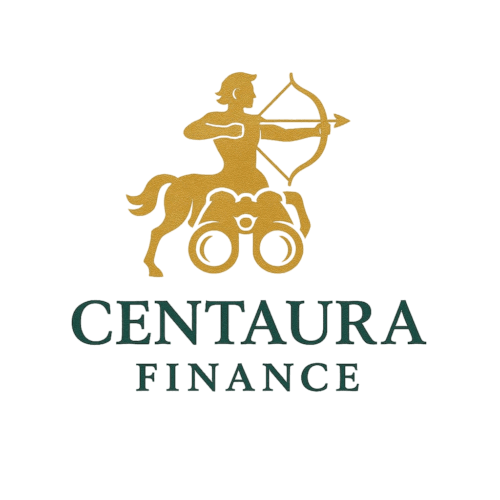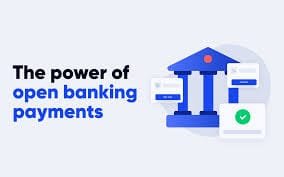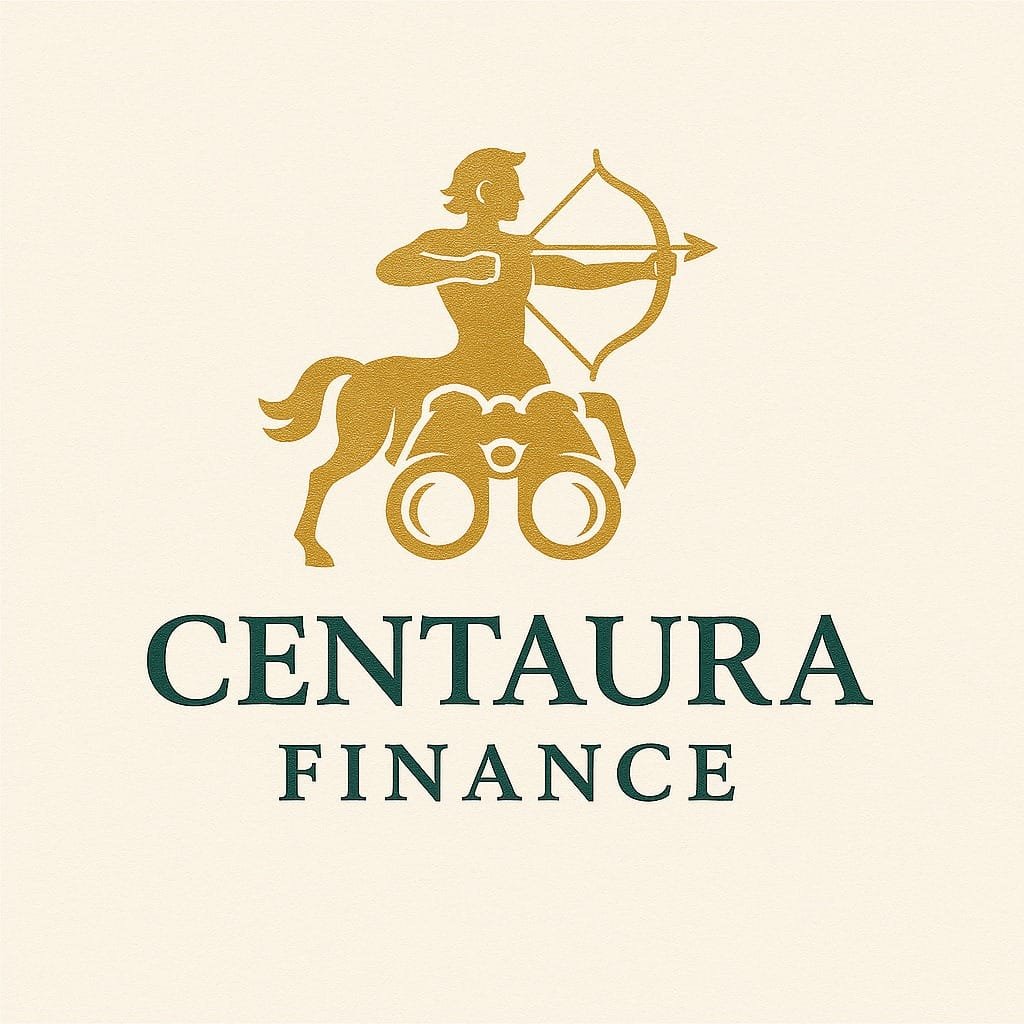A Financial Revolution in Motion
Have you imagined a world where paying your bills, accessing loans, or sending money across borders doesn’t require switching apps, typing long card numbers, or waiting days for settlements? Welcome to the age of open banking-enabled payments, a model promising to reshape the future of transactions.
At its core, open banking leverages secure APIs (application programming interfaces) to let third-party financial service providers access consumer banking data, with their permission. This approach fosters more competition, innovation, and convenience in financial services. But is open banking the future of payments, or just another overhyped phase?
Let’s explore how open banking is transforming transaction ecosystems globally, the frameworks evolving around it (especially in the USA and Nigeria), the players driving it, and whether it’s truly the next phase in payments.
What Is Open Banking?
Open banking is a financial services model that allows banks to share consumer-permissioned financial data securely with third-party developers, fintech companies, and non-bank institutions through standardized APIs.
Open banking enables:
- Seamless payments between bank accounts
- Tailored financial products and lending offers
- Enhanced budgeting and wealth management tools
- Improved verification and fraud prevention systems
Instead of being locked into a single bank’s ecosystem, consumers gain the freedom to interact with multiple services, all while retaining control over their data.
Open Banking-Enabled Payments: What Are They?
Open banking payments are transactions initiated directly from a consumer’s bank account using APIs, bypassing traditional card networks like Visa and Mastercard.
Instead of entering card details, users authenticate with their bank, often via biometrics and approve the transaction in real-time. No middlemen. No interchange fees. No days-long delays.
This has powerful implications for:
- Merchants, who benefit from lower fees and faster settlements
- Consumers who enjoy greater control, better UX, and enhanced security
- Banks, which become infrastructure players powering fintech experiences
Open Banking in the USA: A Decentralized Approach
The open banking system in the USA differs significantly from Europe’s more regulatory-driven framework.
1. No Single Mandate Yet
Unlike the UK or EU, the US doesn’t have a centralized open banking law. Instead, the movement has been market-driven, led by fintech demand, private partnerships, and voluntary data-sharing agreements.
However, the Consumer Financial Protection Bureau (CFPB) is moving forward with a proposed rule under Section 1033 of the Dodd-Frank Act, which could establish formal open banking guidelines in the coming years.
2. API Standardization Challenges
Without mandated standards, American financial institutions vary widely in API quality and access policies. This fragmented environment has led to screen scraping, a less secure data-sharing method that open banking seeks to replace.
Still, major US players like Plaid, MX, Yodlee, and Akoya are pushing hard to create a robust open banking framework in the USA.
Open Banking in Nigeria: Policy-Driven Innovation
Unlike the USA, Nigeria has adopted a more structured approach with the Central Bank of Nigeria (CBN) leading the way.
1. Open Banking Guidelines by CBN
In March 2023, the CBN released official open banking guidelines, making Nigeria the first African country to adopt a formal policy. The guidelines outline:
- Data exchange tiers (e.g., product data, customer data, transaction data)
- API security standards
- Consent frameworks for customers
- A registration framework for API providers
This places Nigeria in a prime position to lead open banking adoption across Africa.
2. Use Cases in Nigeria
With over 40% of Nigerians financially excluded, open banking can:
- Connect unbanked populations to digital services
- Enable micro-lending based on transaction patterns
- Improve SME creditworthiness via transaction data
- Lower the cost of digital payments
Startups like Mono, Okra, and OnePipe are already building platforms that integrate bank data into fintech apps to enhance user experiences and accelerate credit access.
Benefits of Open Banking-Enabled Payments
Let’s dive into why open banking could indeed be the future of payments.
1. Lower Transaction Costs
Traditional card payments involve interchange fees, processing fees, and gateway charges often totaling 2 – 4% per transaction. Open banking-enabled payments cut out intermediaries, allowing direct account-to-account payments.
Estimated savings: Merchants could save $100 billion+ annually in global transaction fees if open banking payment rails replace card-based systems.
2. Faster Settlement
Open banking payments often use instant payment rails like FedNow (USA), PIX (Brazil), or NIBSS Instant Payment (Nigeria), enabling real-time settlements. This boosts cash flow and reduces fraud windows.
3. Enhanced Security and Consent
Open banking relies on OAuth 2.0, tokenized access, and strong customer authentication (SCA). Users explicitly authorize each transaction reducing fraud, chargebacks, and unauthorized access.
4. Smarter UX and Conversion
No need to enter card numbers or expiry dates. Open banking enables 1-click bank authentication, increasing checkout conversion rates, especially for mobile-first users.
Risks and Challenges
Despite the promise, open banking isn’t without friction.
1. Fragmentation and Lack of Standards
Without unified APIs or regulatory mandates (especially in the U.S.), integration remains messy and costly.
2. User Trust and Education
Consumers may be wary of granting data access or initiating payments via unfamiliar third-party apps. Education and trust frameworks are essential for scaling adoption.
3. Security Risks
While open banking is more secure than screen scraping, it still opens new attack surfaces such as API abuse, man-in-the-middle attacks, and weak third-party controls.
4. Lack of Liability Clarity
If a transaction fails or a breach occurs, who’s liable the bank, the fintech, or the user? Current legal frameworks are still catching up.
Who’s Powering the Open Banking Payment Revolution?
Key players globally are racing to define the rails of open banking transactions:
| Region | Leading Companies | Focus |
| USA | Plaid, MX, Akoya | Data aggregation & payments |
| UK/EU | TrueLayer, Tink, Yapily | PSD2-compliant payment APIs |
| Nigeria | Mono, Okra, OnePipe | Bank data aggregation, credit |
| Brazil | Belvo, FitBank | Open finance platforms |
| India | Setu, Decentro | Unified APIs for account & payments |
Many of these firms are now integrating payment initiation services (PIS) to enable cardless, instant bank-to-bank payments at checkout.
Real-World Examples of Open Banking Payments
1. UK Retailers with TrueLayer
E-commerce stores in the UK using TrueLayer Pay report:
- 58% reduction in checkout time
- Improved conversion rates
- Zero chargebacks
2. Flutterwave and OnePipe (Nigeria)
Flutterwave partnered with OnePipe to enable API-powered payments, where users can fund wallets or make purchases directly from their bank, skipping cards altogether.
3. Klarna (Europe)
Klarna’s pay-by-bank product enables real-time open banking payments, increasing adoption for high-ticket purchases and reducing merchant processing costs.
Is This the Future? 5 Reasons Why Open Banking Payments Will Scale
- Regulatory Tailwinds
Countries are aligning open banking with financial inclusion and anti-monopoly goals. This drives adoption through policy support. - Fintech Innovation
From digital wallets to super apps, open APIs are becoming the default backend powering embedded finance. - Merchant Demand
Retailers are desperate for cheaper, faster, safer alternatives to card payments
especially in markets with high fees and fraud.
- Consumer Demand for Simplicity
Younger consumers want seamless UX, instant payments, and data control, open banking delivers all three. - Rise of Real-Time Payment Networks
With rails like FedNow (US), PIX (Brazil), and AfriGo (Nigeria) going live, open banking has the infrastructure to support real-time commerce.
So, What’s the Catch?
The main blockers for mainstream adoption include:
- Lack of consistent regulation (especially in fragmented regions like the US)
- Legacy bank resistance to open APIs
- Low consumer awareness
- Security concerns around data breaches or rogue fintechs
However, just like the early days of mobile banking, these challenges are addressable and likely temporary.
Are Open Banking Payments the Future?
Yes, but not evenly distributed yet.
Open banking payments will not replace cards overnight, but they are already:
- Lowering transaction costs
- Enabling real-time B2C commerce
- Empowering fintech ecosystems
- Giving consumers more control
As open banking guidelines mature from the open banking policy frameworks in Nigeria, to the emerging CFPB rules in the US ,expect open payments to evolve from niche to norm.
Key Takeaways
- Open banking-enabled payments allow direct, secure account-to-account payments.
- They’re faster, cheaper, and more transparent than traditional card systems.
- Nigeria is leading Africa’s adoption with progressive CBN guidelines.
- The USA is taking a market-led, decentralized approach, but regulation is catching up.
- Fintechs and regulators globally are creating an API economy that makes open banking the bedrock of the next financial era.
What Next?
If you’re a fintech founder, start exploring open banking APIs to enhance your payment experiences.
If you’re a consumer, watch for new ways to pay that don’t involve cards or cash especially through apps you already use.
If you’re a merchant, prepare to cut costs and increase conversions by offering open banking checkout options.
The future of transactions is open, literally.


